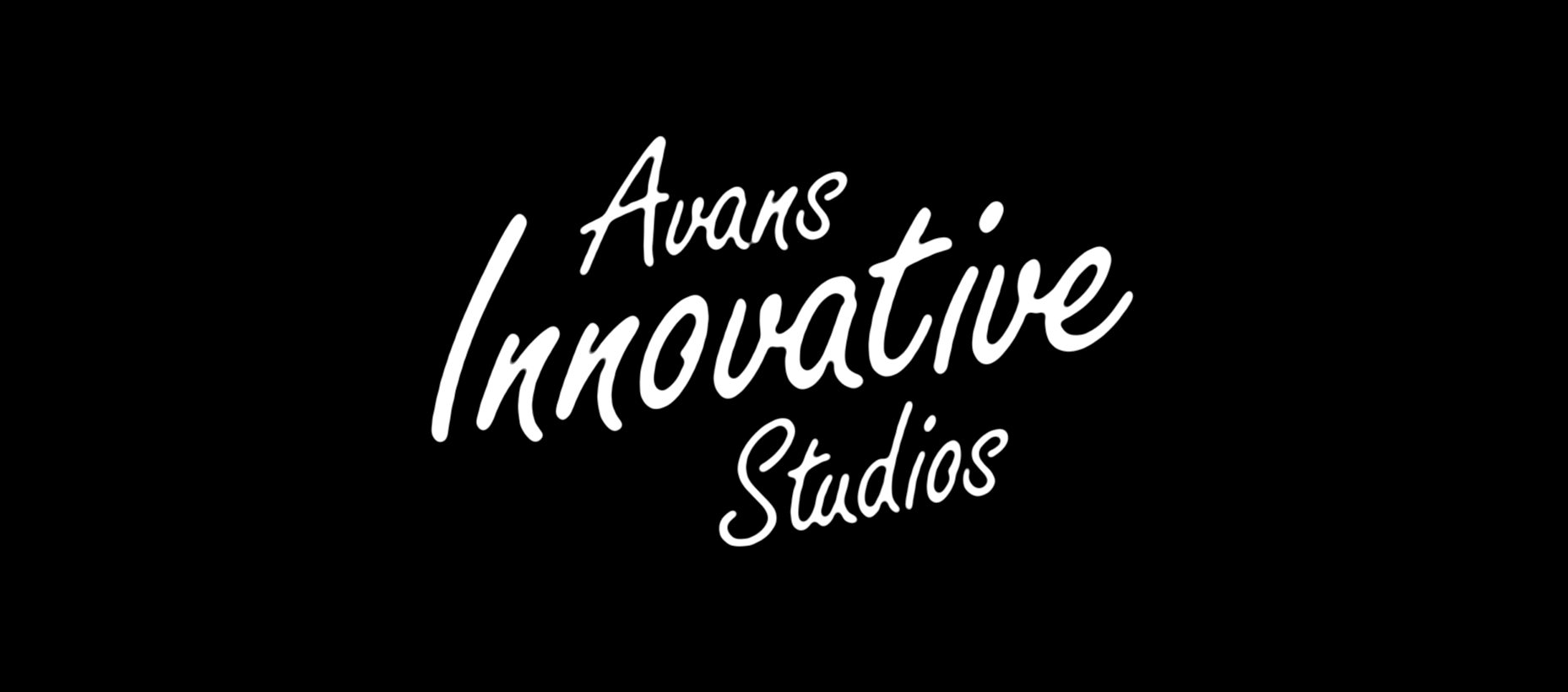
Learning through speed, challenge, and variety
During this minor, I stepped out of the world of long, drawn-out projects and into a faster-paced, high-pressure format: Avans Innovative Studio. Here, projects are short—just 2 weeks each—but the learning is intense. From real clients and diverse teams to rapid prototyping and fast iterations, AIS sharpened my concepting speed, teamwork, and especially time management.
Each project came with its own challenge, new tools, new people—and no time for perfectionism. Instead, the goal was clear: communicate strong ideas fast, with tangible prototypes to back them up.
S(T)IMULATOR – Explaining Factory Flow
Client: Rob van Kaathoven (education)
Goal: Make factory logistics understandable for first-year students
Tools: Illustrator, Lasercutter, Handwork
Together with a highly technical team, I helped translate complex supply chain visuals into a dynamic physical game that shows how manufacturing processes work. I bridged creative and technical thinking, created visual assets, and prototyped dosing mechanisms—even without enough hands due to illness.
What I learned: Collaborating with people from different disciplines makes concepts stronger—even if your brains work in opposite directions.
Origami – Predicting Waste Streams with AI
Client: REWIN (circular economy)
Goal: Help companies report their waste streams for AI-driven matchmaking
Tools: Adobe XD, Illustrator, Excel
We designed a self-service platform that lets companies report their waste materials—like a dating app for recycling. Thanks to an AI hackathon, we had time to dive deeper into UX and logic. I built the final webapp prototype, and even designed both a mobile and desktop version to match client needs.
What I learned: Sometimes less tech is more useful—especially if it helps people help themselves.
Cluedo – Game for Teachers’ New Roles
Client: Cees Boomaars
Goal: Teach educators about new role-based teaching models in a non-digital way
Tools: Illustrator, Lasercutter, Canva, Mural
Our client didn’t want screens—just conversation. So, we made a tabletop game where teachers explore their new roles through gameplay. I designed the physical puzzle board, laser-cut pieces, and final infographic. We focused on simplicity with depth, balancing physical design with reflection prompts.
What I learned: A good game isn’t just fun—it’s a tool for dialogue.
KINOKO – Rebranding Oakfield Mushrooms
Client: Oakfield (via Yukiguni Maitake)
Goal: Create a new brand identity for European expansion
Tools: Illustrator, Lasercutter, 3D printer, Canva, Mural
This was the toughest project of the minor—partly due to tight timing around a holiday. Oakfield’s Japanese parent company gave us full freedom to develop a local European brand, as long as it reflected sustainability and independence.
We developed the name MYCEL, short for Mushroom in Your Climate Earth and Land, referencing “mycelium”—the root system of mushrooms. Our logo: a compass-like icon for growth, grounded in soil-brown tones. We even designed a “Living Logo”—a physical grow-box where mushrooms shape themselves into the logo form, making the brand truly alive.
What I learned: Letting go of perfectionism, embracing weird but wonderful ideas like living logos.
Breda Food Co-op – Community Through Loyalty
Client: Elemental Eco / Laura Kamma-Moore
Goal: Design a loyalty system for a mobile eco-market
Tools: Figma, Illustrator, Photoshop, Mural, Canva
Laura wanted to expand her eco-store into a mobile bus and needed a way to build a community of returning customers. We developed a web-app that blends a point reward system with tiered membership—offering perks for both members and non-members, while acknowledging the responsibilities of cooperative ownership.
Bonus: we pitched a social media campaign managed by the members themselves, empowering community content creation while reducing workload for the client.
What I learned: Flexibility—balancing vision with reality, and designing systems that are truly sustainable (for users and owners).
For Dummies – Starting Dungeons & Dragons
Client: Passion Project
Goal: Make it easier for newcomers to start D&D
Tools: Word, Canva, Discord
As a group of enthusiasts, we built a Discord-based starter community for new players. I co-authored two digital guidebooks: one for players, one for aspiring Dungeon Masters. We designed flyers and stickers to spread the word locally and partnered with game shops in Breda for visibility.
This project was especially personal. Writing in English with dyslexia, and translating my knowledge of Pathfinder to D&D 5e, challenged me deeply. But the server is now active, and players are learning and connecting—which makes it all worth it.
What I learned: Clear communication matters more than perfect grammar. When it helps someone else start something, it’s worth the work.
What I Took Away
AIS pushed me to make faster, think smarter, and let go of perfectionism. Every two weeks brought a new team, new tools, and a new mindset. It wasn’t always smooth, but it was never boring—and that’s exactly the kind of growth I was looking for.
Tools & Skills Used
Unreal Engine (VR design, environment building) ✦ Physical prototyping (harness design, laser cutting) ✦ Sound design (ambience, infrasound, silence control) ✦ UX testing and iteration ✦ Interdisciplinary research (psychology, space science, storytelling)



